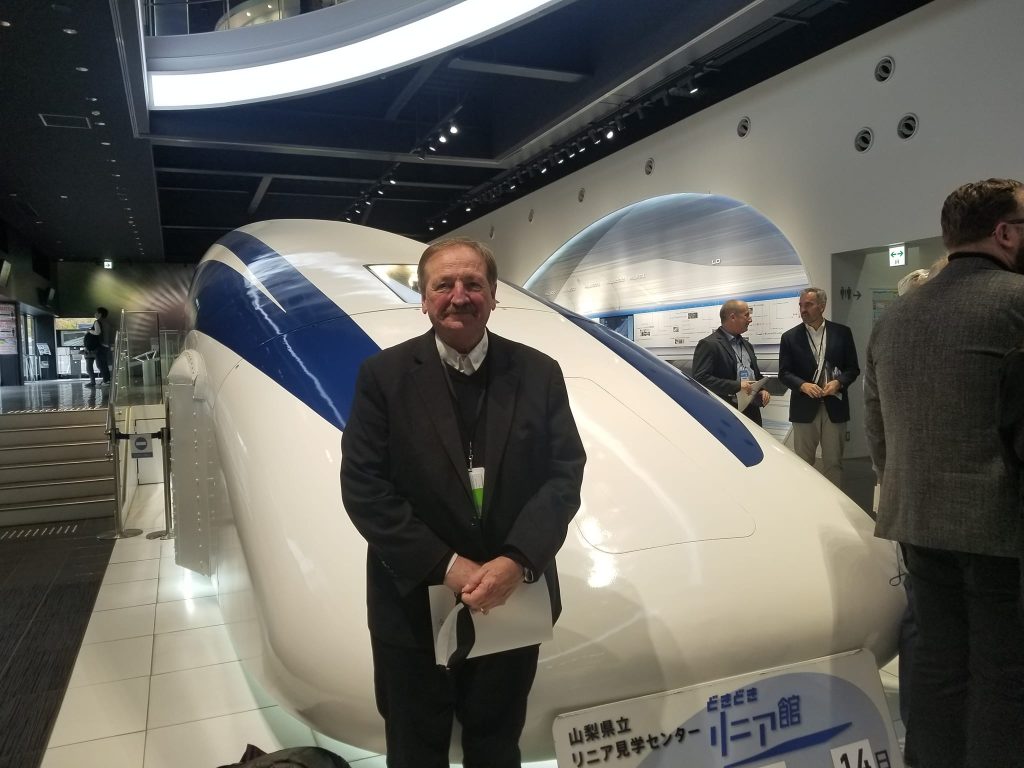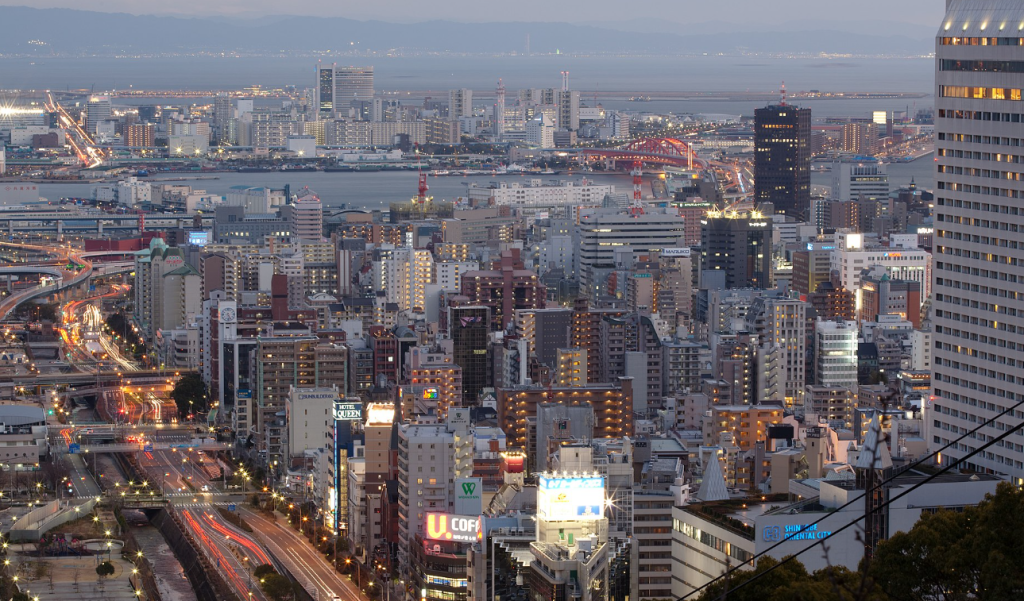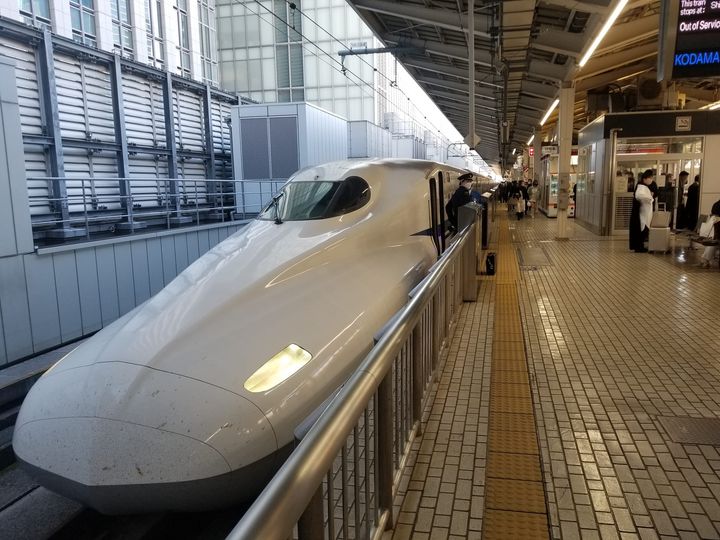JAPAN, December 9, 2022—Snohomish County Executive Dave Somers and Neepaporn “A” Boungjaktha, Executive Director of Economic Development for Snohomish County, traveled to Japan last month to meet with government officials and businesses to form relationships and future investment opportunities in both Japan as well as the county.
The trip was part of the International Leadership Mission, formerly called the International Study Mission, created by the Trade Development Alliance of Greater Seattle. The Alliance began taking these trips annually back in 1993 until the pandemic put a standstill on international travel after the team’s last trip to Ireland in 2019.

As both countries began opening up from the pandemic, trade started opening up, and foreign investments began opening up, the Regional Leadership team at Snohomish County thought Japan would be a great place to visit this year, given its longstanding trade relationship to the region, to discuss future trade, business, and investment opportunities.
“We thought it would be a great place to look, specifically at how we can learn from Japan on specific things that we are interested in,” Neepaporn “A” Boungjaktha, Executive Director of Economic Development for Snohomish County, told the Lynnwood Times. “So along with the trade, along with new opportunities for new business, we were also looking at Japan as a benchmark for how we can do things better and move forward into the future.”
Just some of these ideas include taking a look at hydrogen fuel as a sustainable fuel source, high-speed rail, and disaster preparedness.

The city of Kobe, a sister-city to Seattle, experienced a massive earthquake on January 17, 1995 – called the Great Hanshin Earthquake – which measured a maximum intensity of 7 on the JMA Seismic Intensity Scale. Kobe was one of the cities the county’s team visited to discuss how it responded to that disaster and bounced back economically. What they learned was it really took a community effort, Boungjaktha said; helping small businesses, helping residents, and having the government be one of the many “cogs” that help things get back on track.
“It really resonated with Executive Somers and I because of our own recent natural disaster, the Bolt Creek Fire,” Boungjaktha said. “We really explored how to prepare smaller communities to be able to recover and go back towards resiliency and building back to a thriving community.”

Somers and his team also rode the Shinkansen, a network of high-speed railway lines in Japan sometimes referred to as “bullet trains”, to catch a glimpse of what could be if high-speed rail existed along the west coast of the United States. Introduced in 1964, the Shinkansen network now expands over 1,700 miles of rail with trains reaching maximum speeds of 200 miles per hour, 176 miles of tracks with “Mini-Shinkansen” trains reaching maximum speeds of 80 miles per hour, and 6.5 miles of spur lines with Shinkansen services.
Granted that the Japanese government operates differently than U.S. government, it still allowed the county to witness the potential of mobility as it relates to efficiency and sustainability.
One of the highlights of Somers’ trip was being invited into the engineer’s cabin of a Shinkansen, a rare opportunity, to see the control panels first-hand while the vessel was traveling at high speed.
In addition to learning from the Japanese on these subjects, the trip also provided the county an opportunity to share some of the innovations and business ventures Snohomish County has been working on including fusion and renewable energy, aviation and aerospace, the Port of Everett and other deepwater ports as a distribution logistics network, so Japanese businesses could consider our region as a potential market to expand to beyond their borders.
While both Snohomish County and Japan are similar in that both rest on the Pacific Rim, Japan also shares a relationship with the county in that they are both working on sustainable fuel.

The next step for the county, Boungjaktha’s team, and Executive Somers’ team, is figuring out how to leverage on this shared interest to bring more investments and creating more jobs in our area.
Aside from the economic benefits, Boungjaktha told the Lynnwood Times relationships with other countries, like Japan, are important and visits like these are paramount to maintaining these relationships.
“You don’t know who you don’t know. When we take these trips it tells people overseas that we’re open to business, that we are more than welcome to have them visit Snohomish County as a tourist,” Boungjaktha said. “My hopes and dreams, as someone who works for the people of Snohomish County, is to potentially convert these visitors into people who consider bringing a business to Snohomish County – that’s considered investment, and bringing their family here – that’s considered expanding our workforce. The more that we can get our name out there, the more we can be visible and identifiable in this larger economy.”
Although the bulk of the trip was primarily businesses, from waking up at 7 a.m. to attending four to five meetings a day until 6 or 7 p.m. at night, there was a small window of opportunity to experience tourist attractions. One of Boungjaktha’s favorite memories she shared was stopping at a small tempura house in Tokyo after visiting a shrine.
“It was such a great dinner and it was relaxing but it was such an experience to sit on the floor for almost two hours eating and enjoying this very Japanese-style dinner next to this beautiful temple,” Boungjaktha said.
The trip spanned from November 12 through November 18 through the cities of Tokyo, Kobe, and Nagoya. Throughout the week the team met with the Japanese Embassy for updates on the Japanese economic, political, and cultural climate, the Yamanashi Maglev Center and Japanese JR to discuss high-speed rail, the Tokyo Hydrogen Fueling Station to discuss hydrogen fuel, the Chofu Aerospace center to discuss the aviation industry, Mayor Hisamoto of Kobe to discuss crises management, Kobe Miomed Industry Cluster and other businesses, the Consturction Bureau, and attended a Seattle-Kobe Sister City welcome ceremony.
Sponsors of the trip include Microsoft, Amazon, Boeing, Puget Sound Energy, Alaska Airlines, and Japan Airlines.
Author: Kienan Briscoe










4 Responses